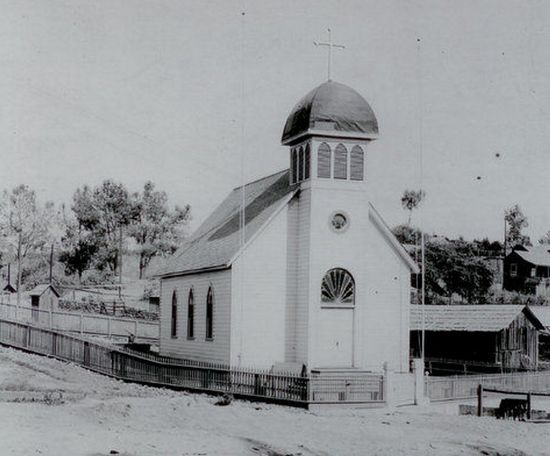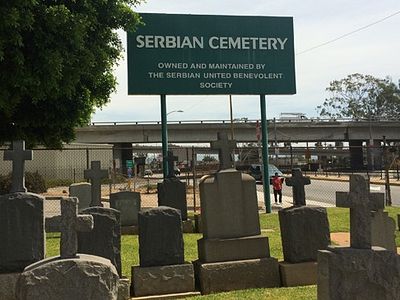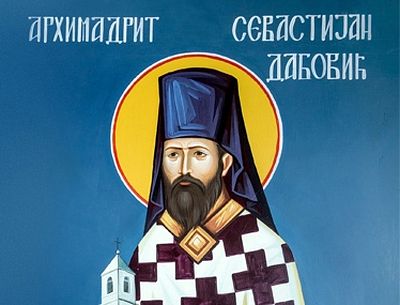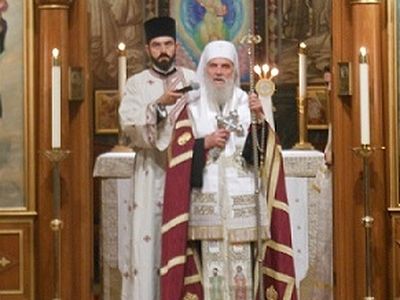Source: Calaveras Enterprise
December 29, 2015
Withstanding weather, time and relocation, the St. Vasilije Serbian Church of Angels Camp still stands as proud as the day its doors opened in 1910.
With the influx of immigrants to the Mother Lode during the Gold Rush came a need to serve many different religions.
Many Serbians immigrated to America during the Gold Rush, some fleeing the ravages of war, others in search of gold. Those wishing to attend an Orthodox Church would make the trek to Jackson’s St. Sava, what is now the second-oldest Serbian Orthodox Church in the nation.
Founded by Serbian miners from Hercegovina, Montenegro, the Bay of Kotor and a few from Croatia’s Lika, St. Vasilije was to be their second investment in their culture and their people. It was named for a Montehegrin prince-bishop
In 1893, Serbian miners, earning less than $3 a day, formed a First Serb Brotherhood Benevolent Society to aid families that lost husbands and fathers in the dangerous deep mining trade. Miners paid $1 a month to the organization. This same group bought land for the Serbian cemetery. Soon thereafter, church services were held in Angels Camp without a church.
On Sept. 4, 1909, the St. Vailije of Ostrog Serbian Church, locally known as St. Basil, began construction.
The first services were held in 1910 under the direction of the Rev. Sevastian Dabovich who had jurisdiction over both St. Basil and St. Sava.
At one point the church was home to 40 families, yet as mining decreased, the Serbians left the area in search of work. While it was at one time very active, the church now sits empty most of the year and only opens for special occasions such as weddings and funerals.
Semi-annual services were once held celebrating Krsna Slava; the celebration of the home Patron Saint. Each May, the closest Sunday to May 12, the day Vasilije died, the church congregation would hold a Krsna Slava celebration. While this celebration is most often recognized to correspond roughly to Christmas, there are actually other days to celebrate Krsna Slava.
The most common feast days are St. Nicholas, Dec. 19; St. George, May 6; St. John the Baptist, Jan. 20; St. Demetrius, Nov. 8; and St. Michael, Nov. 21. Given dates are by official Gregorian calendar. Serbian Orthodox Church uses Julian calendar that is late 13 days. For example, St. Nicholas date is Dec. 6, but by Julian calendar this date is 13 days later, when by Gregorian calendar is Dec. 19.
For the faithful, Krsna Slava creates confidence, strength, freshness, stability, spiritual and physical peace, and the ability and incentive to do good and to lend help to others. It is a solemn day with great importance as it is considered to be the celebration of the spiritual birthday of the Serbian people.
Prior to the widening of Highway 49 in the mid 1900s, the church sported a picket fence in front. When the widening project began the church itself had to be moved 20 feet.
In 1969, some major repairs were completed to the church roof after a fire destroyed the nearby Oneto building and the church suffered water damage.
To honor the miners who created and attended St Vasilije those many years ago, a stone monument holding a 1883 Fulton Iron Works mining car was placed at the front of the church.




